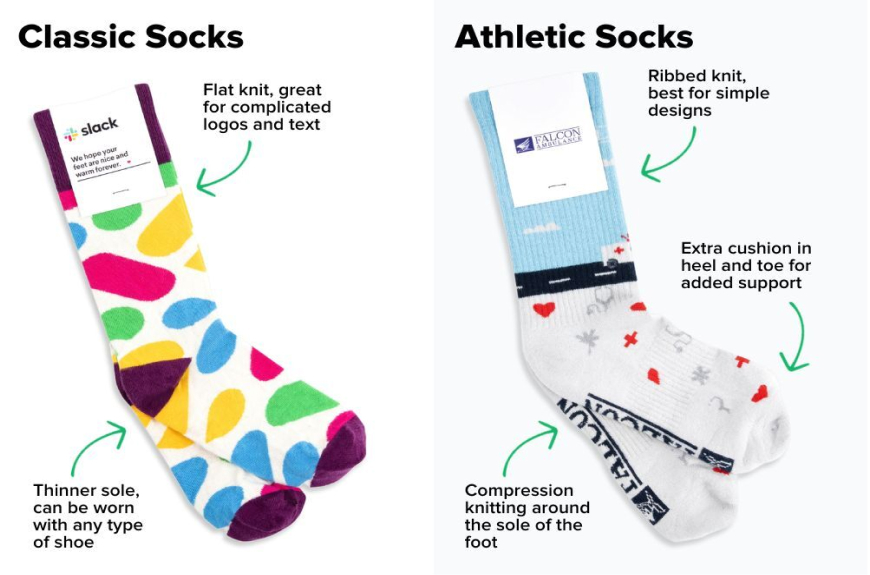Compression socks have become increasingly popular among athletes, travelers, and those with circulation issues. But have you ever wondered what those numbers on compression socks mean? Understanding these figures can help you choose the right pair for your needs. Let's dive into the world of compression sock numbers and what they signify for your comfort and health.
Understanding Compression Levels
The numbers you see on compression socks typically refer to the level of pressure they exert on your legs, measured in millimeters of mercury (mmHg). This measurement is crucial as it determines the effectiveness of the socks for various purposes, from everyday wear to medical use.
Mild Compression (8-15 mmHg)
Mild compression socks are perfect for everyday wear, especially if you're on your feet a lot. They provide just enough pressure to reduce swelling and fatigue without feeling too tight. These are great for long days of skiing or if you're planning a long flight.
Moderate Compression (15-20 mmHg)
This level is ideal for those who experience mild swelling or varicose veins. Athletes often prefer this range for enhanced performance and recovery. If you're looking to improve your athletic performance, moderate compression socks might be your best bet.
Firm Compression (20-30 mmHg)
Firm compression socks are often recommended for those with more severe swelling, varicose veins, or those recovering from surgery. They're also popular among endurance athletes for their recovery benefits. When customizing football socks for your team, consider this level for maximum support during intense games.
Extra Firm Compression (30-40 mmHg)
This highest level of over-the-counter compression is typically used for severe venous issues and lymphedema. It's important to consult with a healthcare professional before using socks with this level of compression, as they can be too tight for some individuals.
Choosing the Right Compression Level
When selecting compression socks, consider your specific needs. Are you looking for everyday comfort or athletic performance? Do you have any medical conditions that require specific compression levels? Understanding what mmHg means and how to choose the right compression socks is crucial for getting the most benefit.
Wrapping Up
Compression sock numbers may seem confusing at first, but they're simply a measure of how much pressure the socks apply to your legs. From mild compression for everyday comfort to extra firm for medical needs, there's a range for everyone. Remember to consult with a healthcare professional if you're unsure about which level is right for you, especially if you have any underlying health conditions. With the right pair of compression socks, you can enjoy improved circulation, reduced swelling, and better overall comfort in your daily activities or athletic pursuits.


